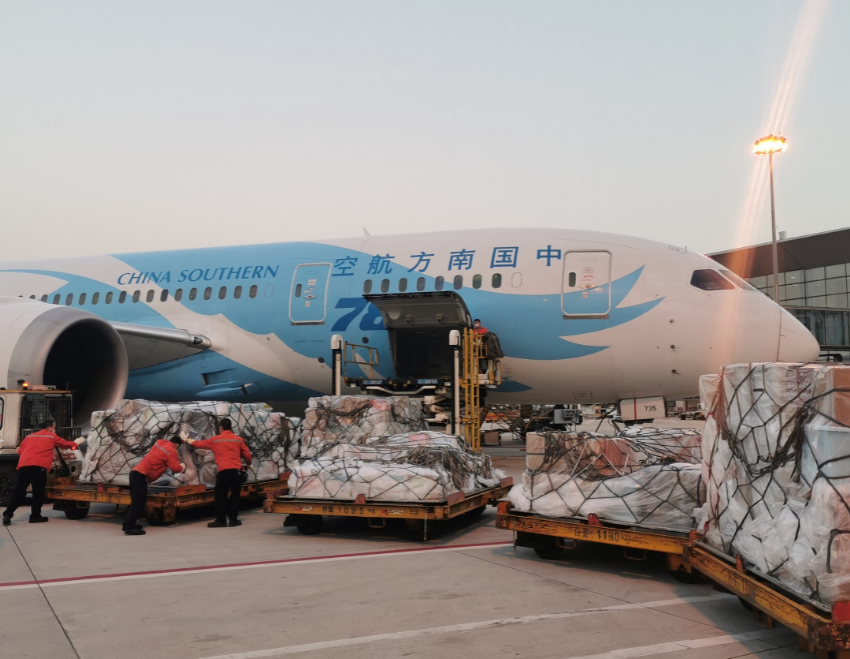
Laser cutting plays an important role in the aerospace industry due to its precision, versatility and efficiency. The following are the applications of laser cutting in the aerospace field:
Precision Cutting: Aerospace components require very precise cutting to meet strict safety and performance standards. Laser cutting provides high precision, allowing for complex designs and tight tolerances, which are critical for aerospace parts.
Material Versatility: Laser cutting can handle a variety of materials commonly used in aerospace manufacturing, including metals such as aluminum, titanium and stainless steel, as well as composite materials. This versatility makes it suitable for a variety of aerospace applications.
Reduce material waste: Laser cutting is a non-contact process, which means minimal physical force is exerted on the material being cut. This reduces material waste compared to traditional cutting methods, making it more cost-effective and environmentally friendly.
Complex shapes: Aerospace parts often require complex geometries that are difficult to achieve with traditional machining methods. Laser cutting can easily create complex shapes and contours, allowing designers to create lightweight yet durable components.
Efficiency and Productivity: Laser cutting is a fast and efficient process that is critical to the high-volume production needs of the aerospace industry. It allows manufacturers to produce parts quickly without sacrificing accuracy or quality.
Minimum Heat Affected Zone (HAZ): Laser cutting creates a narrow heat affected zone that minimizes deformation and maintains material properties, which is critical for aerospace parts that require high structural integrity.
Prototyping and R&D: Laser cutting is widely used in the aerospace prototype and R&D stages. Its ability to rapidly produce prototypes enables engineers to quickly test designs and iterate before full production.
Maintenance and Repair: Laser cutting is also used in aerospace maintenance and repair operations. It can precisely cut damaged parts for repair or replacement, helping to extend the service life of the aircraft and reduce downtime.
Overall, laser cutting technology plays a vital role in the aerospace industry, providing precision, versatility, efficiency and cost-effectiveness in the manufacturing of complex parts and structures.
